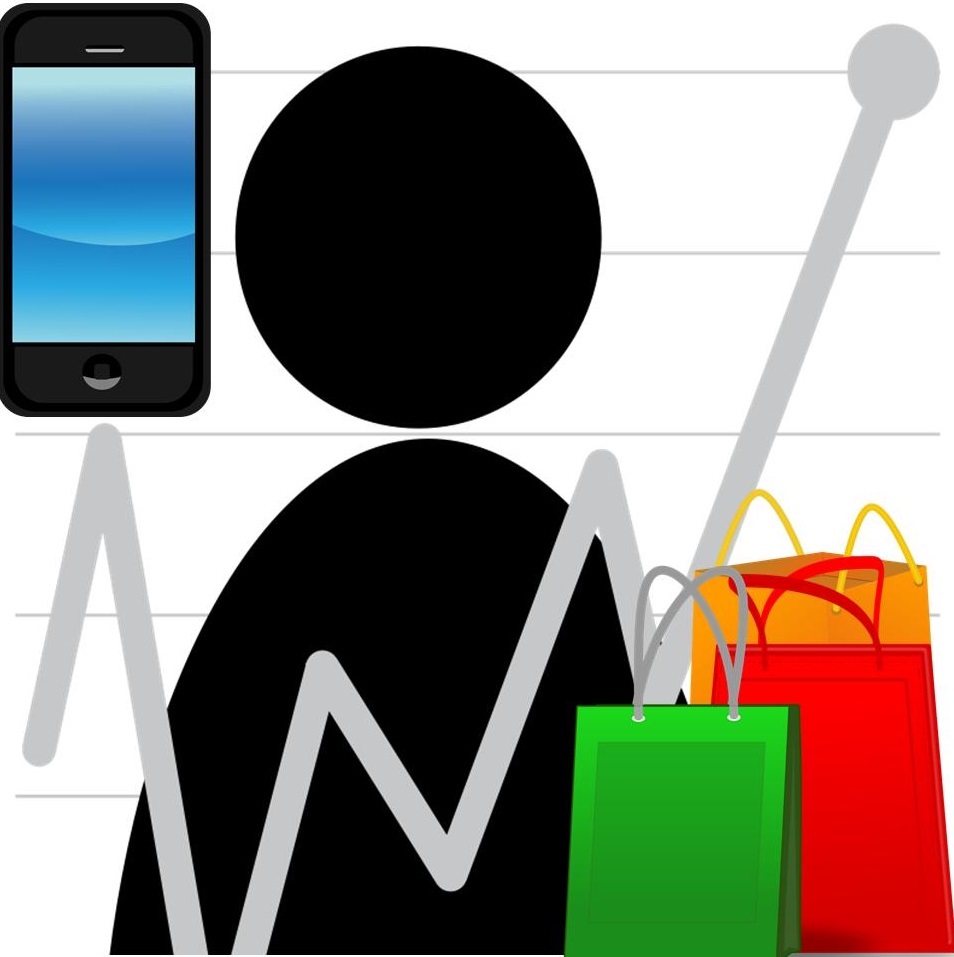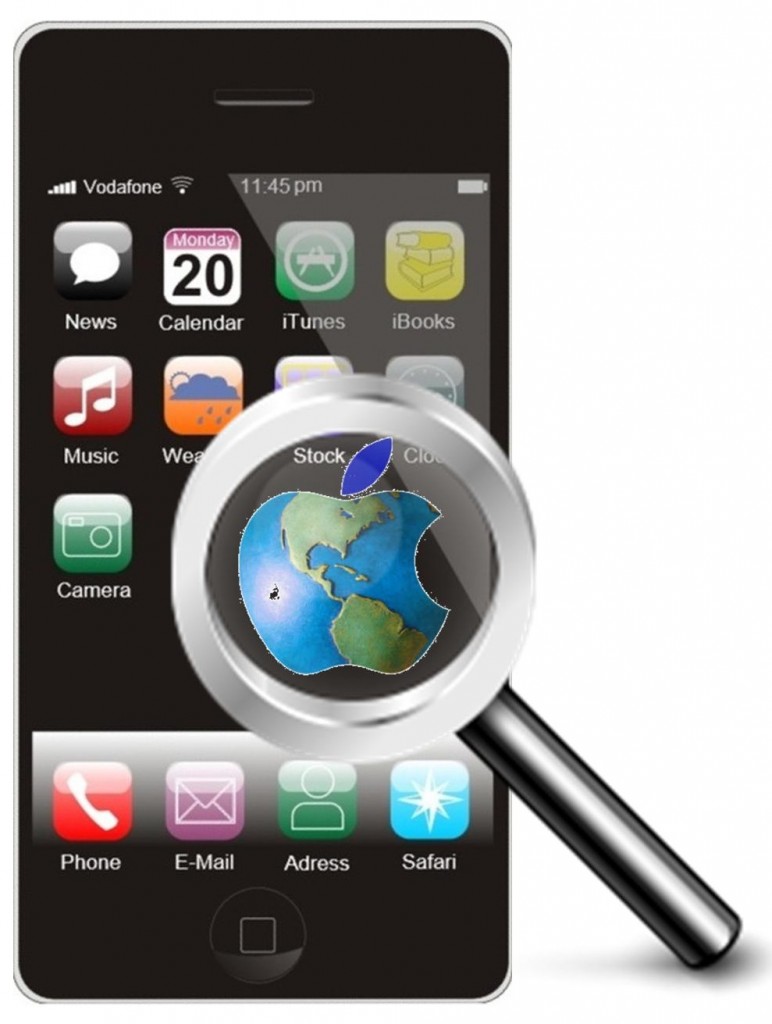BWild |
December 11, 2013
New report highlights trends in the mobile sector
Leading market research firm comScore has released a new report concerning the mobile sector. The report highlights trends within the mobile market and how these trends are affecting large companies, like Apple and Samsung. It also touches upon mobile commerce and the success that retailers are seeing in this sector. The mobile sector has been showing a great deal of activity over the past several years, but this activity has recently begun reaching new heights due to the popularity of mobile shopping and payments.
Android continues to lead with consumers
According to the report, Android remained the most popular mobile platform among consumers, but Apple was the top maker of mobile devices in the U.S. Android accounts for approximately 52% of the U.S. market, with iOS devices accounting for 40%. Blackberry and other platforms represent a significantly smaller market share, which may continue to diminish over time as Android and iOS devices become more advances and less expensive.
Retailers find success in mobile commerce
 The report shows that retailers have been seeing a great deal of success in their mobile commerce endeavors. Retailers that have their own dedicated shopping applications performed much better than those without such applications, according to the report. The reason behind this could be that these applications make it easier for consumers to shop from their mobile devices. The report shows that approximately one third of consumers in the U.S. are visiting retail sites from their mobile devices.
The report shows that retailers have been seeing a great deal of success in their mobile commerce endeavors. Retailers that have their own dedicated shopping applications performed much better than those without such applications, according to the report. The reason behind this could be that these applications make it easier for consumers to shop from their mobile devices. The report shows that approximately one third of consumers in the U.S. are visiting retail sites from their mobile devices.
Apple and other dominate mobile sales
Amazon, eBay, and Apple currently reign supreme when it comes to mobile sales. Notably, Apple generates a significant level of revenue through its App Store, which has proven lucrative for developers as well as Apple. According to comScore, retailers will have to become more conscious of the mobile sector as mobile commerce grows in popularity. Those that cannot provide consumers with an engaging mobile experience may lose out on a significant opportunity.
This tech allows the location of a device to help to determine some of its settings.
Apple has just received a new patent that involves the use of geolocation technology that is a part of a comprehensive system that will control consumer devices, adjusting their settings based on where they are.
This would allow Apple to use data based on location as provided from devices such as iPads and iPhones.
Apple would be able to use geolocation technology provided through its devices as well as the use of RFID badges or credit cards to identify the whereabouts of a user to automated systems. This would allow those automated systems to act on behalf of the user, such as adjusting climate control, turning on or off lights, or turning on or off power.
This geolocation technology functions in a way that is compared to geo-fencing.
 Geo-fencing is something that Apple already uses in its own native Reminders app on its mobile device operating system. It functions by using geolocation technology to determine when a user has entered into or has exited a pre-designated location in order to trigger actions, such as providing an alert of something that the individual wanted to remember. However, this new system would take the tech a step further. Instead of sending out a reminder to the user, it would automatically take actions in the user’s household in order to achieve goals such as making it more comfortable for the person because the lights are on and it has been heated or cooled, or it could save energy.
Geo-fencing is something that Apple already uses in its own native Reminders app on its mobile device operating system. It functions by using geolocation technology to determine when a user has entered into or has exited a pre-designated location in order to trigger actions, such as providing an alert of something that the individual wanted to remember. However, this new system would take the tech a step further. Instead of sending out a reminder to the user, it would automatically take actions in the user’s household in order to achieve goals such as making it more comfortable for the person because the lights are on and it has been heated or cooled, or it could save energy.
This does make the new geolocation technology somewhat more complex than the original use. The patent provides a description of a system that would gather information so that it could not only identify where the user happens to be and where they are headed, but also the types of activities in which they will be engaging along their route and once they reach their destination. This requires a great deal of accuracy in terms of making these predictions.
It means that the geolocation technology will either need to rely on regular polling of the mobile device from regular intervals, or it will need to be accumulated from fixed remote devices such as the receivers of keycards or when certain trigger events take place, such as when a device communicates with a particular cell tower.
 The report shows that retailers have been seeing a great deal of success in their mobile commerce endeavors. Retailers that have their own dedicated shopping applications performed much better than those without such applications, according to the report. The reason behind this could be that these applications make it easier for consumers to shop from their mobile devices. The report shows that approximately one third of consumers in the U.S. are visiting retail sites from their mobile devices.
The report shows that retailers have been seeing a great deal of success in their mobile commerce endeavors. Retailers that have their own dedicated shopping applications performed much better than those without such applications, according to the report. The reason behind this could be that these applications make it easier for consumers to shop from their mobile devices. The report shows that approximately one third of consumers in the U.S. are visiting retail sites from their mobile devices.
 Geo-fencing is something that Apple already uses in its own native Reminders app on its mobile device operating system. It functions by using geolocation technology to determine when a user has entered into or has exited a pre-designated location in order to trigger actions, such as providing an alert of something that the individual wanted to remember. However, this new system would take the tech a step further. Instead of sending out a reminder to the user, it would automatically take actions in the user’s household in order to achieve goals such as making it more comfortable for the person because the lights are on and it has been heated or cooled, or it could save energy.
Geo-fencing is something that Apple already uses in its own native Reminders app on its mobile device operating system. It functions by using geolocation technology to determine when a user has entered into or has exited a pre-designated location in order to trigger actions, such as providing an alert of something that the individual wanted to remember. However, this new system would take the tech a step further. Instead of sending out a reminder to the user, it would automatically take actions in the user’s household in order to achieve goals such as making it more comfortable for the person because the lights are on and it has been heated or cooled, or it could save energy.